HISTORY
HISTORY
D-DAY | Landing in Normandy, June 06 1944
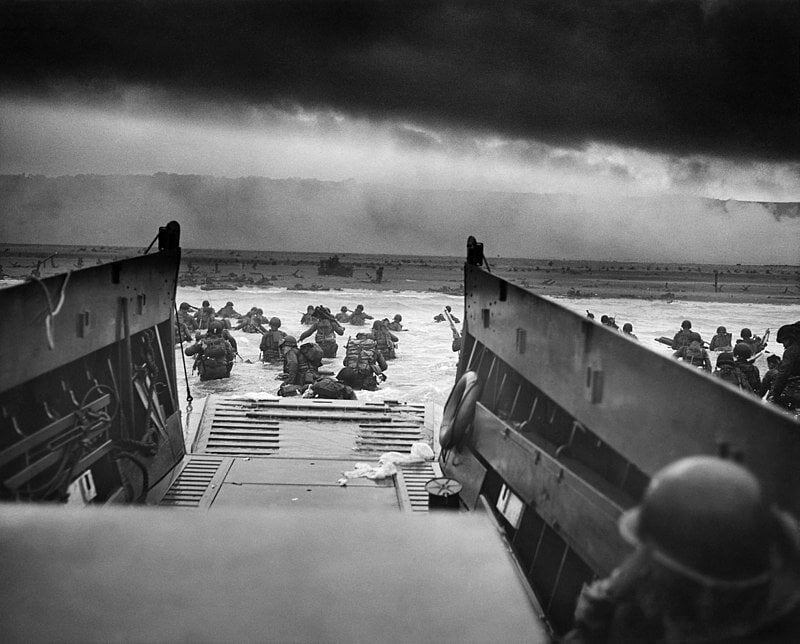
On June 6, 1944, on the shores of Normandy in northern France, Allied forces of World War II carried out the largest amphibious operation in history. The Battle of Normandy, followed by Operation Overlord, ended on August 19, 1944, when Allied troops crossed the Seine. The General Dwight D. Eisenhower has been appointed commander-in-chief of the operation.
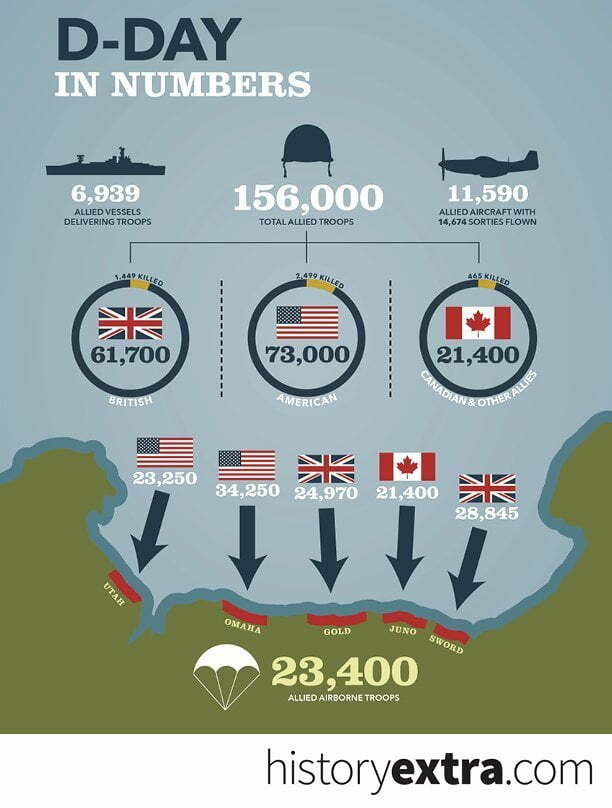
©Historyextra.com
Between 130,000-156,000 men involved in the operation, codenamed “Neptune”, invaded the beaches of Normandy, opening a second front against Nazi Germany in Europe. The Allied landing zone was 50 miles long, and was divided into 5 sectors with code words Utah, Omaha, Gold, Juno, and Sword. Despite the surprise, allied forces suffered heavy losses in all five areas.
The allied forces and specifically the 5th US Corps consisting of two divisions sent 43,000 soldiers to secure Omaha beach.
The German force numbered about 78,000 men in 13 sectors positioned in such a way that there was cover with fire between them.
Between 00:00 and 03:00 on June the 6th, 1944, the Allied fleet reached the coast of Normandy. Subsequently, landing crafts transported the soldiers ashore, sailing in waves up to 6 meters high. The U.S. soldiers thought that the air force’s airstrikes had already prepared the ground for their invasion. But the truth was completely different as the air strikes and the Navy’s guns missed their targets due to bad weather.

British soldiers on the “Gold” Coast
In the first wave of the attack, not a single German sector was destroyed. Neither could the US infantry count on the amphibious tanks (specially modified M4 Sherman) which were supposed to provide cover fire. Out of the 29 M4 Shermans amphibious tanks sent into the first wave of attack, only two managed to reach the shore while the others sank in the sea due to bad weather.
The bad weather also forced the landing crafts to leave the soldiers off the coast, forcing them to jump into the water. Those who did not drown due to the depth of the sea were forced to swim to the shore, making great efforts, taking into account the heavy equipment they carried. Those who were able to “set foot” on the shore were exhausted and amongst others were under heavy fire from the MG-42 7,92X mm machine guns (ancestor of the well-known MG-3).
The first breach on the German defence occurred when the men of the 16th Infantry platoon passed through an uncovered gap between German forts and conducted a side attack. On the coast, the insufficient coverage of the American soldiers prompted the navy to take the decision to send destroyers to support the attack. As a result of this move, the German defence began to weaken and several coastal forts were destroyed by the afternoon of June 6th.
Allied forces on Omaha Beach were still vulnerable, as the coast was not yet fully secured. The fact that the allied air force stopped the German reinforcements was of significant importance. The losses on the first day of the invasion of Normandy have not been officially calculated, but it is estimated that the death toll was about 4,500 men for the Allied forces and between 4,000 and 9,000 for the Germans.
Greek Participation
Two Greek ships of the then Royal Navy, the corvettes “Tombazis” and “Kriezis”, with a crew of 155 men, took part in the landing. The Captain of the first ship was Lt. Commander George Panagiotopoulos and the second was Dimitrios Kiosses, later admiral and Chief of the General Staff of the Navy. The first officer of “Kriezis”, Grigorios Pavlakis, was honored in 2004 with the title of Knight of the Honor of the French Republic, in an anniversary ceremony that took place in France.
Armenian Genocide Remembrance Day
On this day, 109 years ago, the genocide of the Armenian people by the Ottoman Empire began, with April 24 being the day of…
April 10, 1826 | The heroic Exodus of Messolonghi
Three years after the failed attempt of Kioutachis and Omer Vryonis to capture Messolonghi, the Sultan had a new plan.
Hellenic Army General Staff (HAGS) | Events for the 83rd Anniversary of the Battle of the Forts
On Sunday, April 7, 2024, the 83rd anniversary of the Battle of the Forts (April 6-9, 1941) was celebrated at “LISSE”, “RUPEL”,…
EUROSATORY 2024 | Missile Artillery Solutions from MBDA
With such a large number of interested attendees at MBDA’s pavilion at the Eurosatory 2024 Defence exhibition, the stand reminded of an…
KNDS | Showcases full range of LEOPARD battle tanks at EUROSATORY
KNDS continues to expand its technological advantage in the field of main battle tank development, as we have witnessed at the Defence and…
THEON SENSORS | Distinguishing appearance at EUROSATORY 2024 with new range of products
THEON SENSORS attended the International Defence and Security Exhibition EUROSATORY 2024 as an ambassador of Greek innovation…
Ministry of Defence | Organization of Hellenic EDF Info Day
A Conference entitled “EDF Info Day” is organized in the Amphitheater of the National Gallery on Tuesday, July 9 from 09:00 to 17:00.
ALTUS LSA | Participates in EUROSATORY 2024 with KERVEROS in the foreground
The participation of ALTUS LSA in EUROSATORY 2024 is among the Greek participations of operational significance.
Freddy Beleris | Ιn jail until October
The elected mayor of Heimarra and Member of the European Parliament of New Democracy will remain in prison until October…




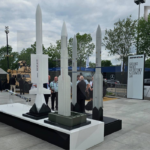
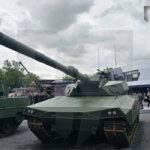

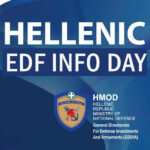





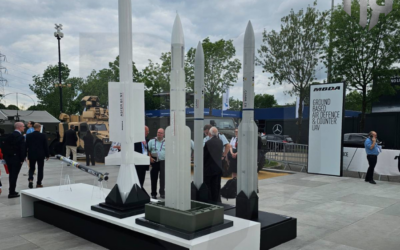



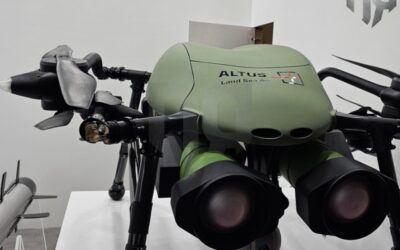

0 Comments